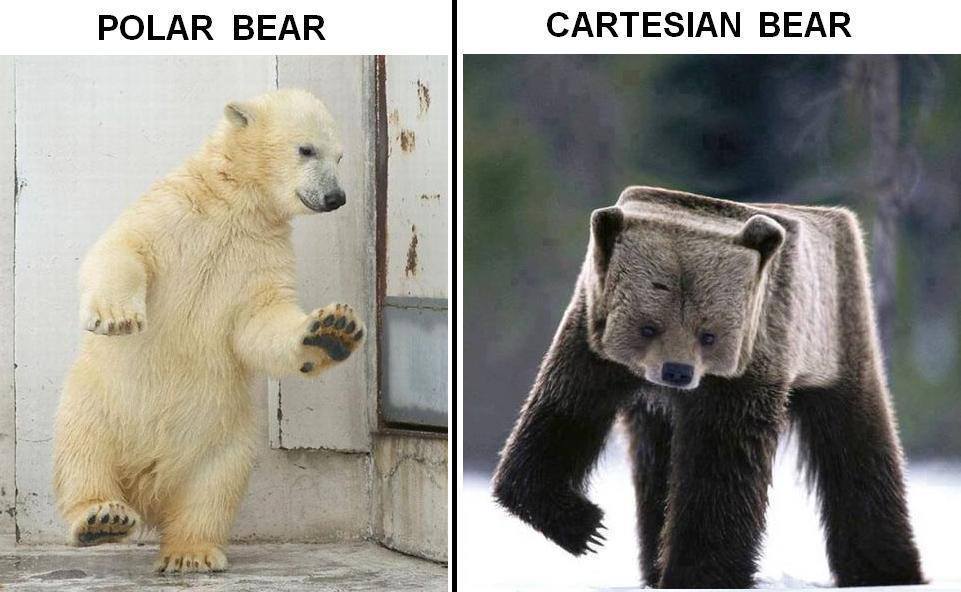 Cvlog Puzzle pics
Cvlog Puzzle pics
The idea behind this page came from the ![]() Banbury Historical Society and their plans for what would have been our next meeting which has had to be postponed until next year. The theme was to have been a quiz where folk tried to identify various old artifacts brought in by members. Well as you know I have quite a lot of these and I'd got out a good selection of them from the attic for just this purpose. So send us pictures of things for us to identify, they don't have to be old. I'll put up the pic and the guesses below it when I get them.
Banbury Historical Society and their plans for what would have been our next meeting which has had to be postponed until next year. The theme was to have been a quiz where folk tried to identify various old artifacts brought in by members. Well as you know I have quite a lot of these and I'd got out a good selection of them from the attic for just this purpose. So send us pictures of things for us to identify, they don't have to be old. I'll put up the pic and the guesses below it when I get them.
'What strange beasts are these?' from tw 30 April
Spent a lot of my day doing some quite complicated transforms in coordinate systems. This surprised me...

'What strange beasts are these?!!'
Well this reminded me of a puzzle much beloved by physicists:
I left my campsite and hiked south for 3 miles. Then I turned east and hiked for 3 miles. I then turned north and hiked for 3 miles, at which time I came upon a bear inside my tent eating my food! What color was the bear?
Click here for the answer or scroll to the end of the page.
'What strange beast is this?!!'
The tTs emailed me with this pic of their lockdown dinner about to go in the oven .... 'What strange beast is this?!!' they asked.

'What strange beast is this?!!'
My immediate response was that it was an aubergine, though on reflection I suspect that eileen was closer to the mark with her response:'Are they vegetarians? Looks purple...some large veggie? Turnip? Beet?'
Click here for the sensible answer, otherwise scoll down
Actually, my reply was a bit more round-about than that, surprise? ... but for what its worth:
ahhh well ... did you sing its special song when you were cooking it????
now i suppose you are too young to remember the ovaltinies commercial ... but what i always sing when cooking these is:
'we are the auberginies, little girls and boys'
and just because i know you don't believe me .... here it is:
Of course it is impossible to mention aubergines without saying 'egg plant, that which the French call aubergine'
Now I have a real dilemma: for some of you, this could be just one big SPOILER, others, of my vintage, might just manage a wry smile as you remember when 'swiving' was in season and Henry Burlingame III communed with Isaac Newton, Hiawatha met John Smith [I nearly said Sam Smith but that is something completely different] and Mary Mungummor, the travelling whore O' Dorset county plied her trade. In those days indeed did Ebeneza Cooke and Joan Toast walk among the tobacco fields of Virginia. [Not only walking but swiving the while]
From which you may gather that these could be quotes from either an epic novel, inspiration for its age, or 'one of those books that men like!'
OK I'll come clean now, if you haven't read
John Barth's 'Sotweed Factor' 2 links maybe you could give it a try. [Probably being young and male might increase your enjoyment, it did mine! ... I would probably marry any woman who would admit to liking it. {and I'd have her babies}]
Not very helpful I know but I did just wonder if it might be from my dormice recipe.
Actually it was a sweet potato... and it took forever!
In an attempt to make blistered sweet potatoes with herby tuna
No microwave here so all in the oven, which gave me time to make the pesto using garden basil and sesame seeds given we didn’t have pine nuts. Replaced dill with chives, as we have them, and did without the parsley as obviously I have a severe aversion to it.

The strange beast is revealed as  blistered sweet potatoes with herby tuna .
blistered sweet potatoes with herby tuna .
Some rather more extending puzzles have come our way this evening from tw.
Puzzles...
Sun, 5 Apr 2020 19:45
I have been writing a puzzle a day to keep the y3 students busy/entertained during lockdown. some "guest" features elsewhere too. Here are some select ones you might want to release to the public...
I can't claim to be the source of (m)any of these. Not the good ones anyway.
PHY1004W Puzzle of the Day 6 : 2 April
ORANGE BALL IN WATER
This is a GUEST puzzle of the day from Dr Tom Leadbeater, UCT Physics
He will provide the answer tomorrow.
A beaker of water sits on a scale used to measure its weight. An orange ball of density less than water, is tied down by a string fastened to the bottom of the beaker so that it is completely submerged. The ball is surrounded by water and does not touch the beaker walls. The string obviously exerts an upward force on the bottom of the beaker.
The string now breaks, and the orange ball rises to the surface. The string no longer exerts that upward force on the beaker.
Does the scale now read more, less, or the same as before? Support your reasoning with a free body diagram.
Yes but what if the ball was red?????
An answer [of sorts] can be found here.
Newton's law of gravitation
PHY1004W Puzzle of the Day: 3 April ... A more difficult one to keep you busy over the weekend...
Is Schrödinger’s cat alive or dead?
1. Schrödinger’s cat is alive.
2. Schrödinger’s cat is dead.
3. Exactly one of statements 6 and 9 is true.
4. Exactly one of statements 2 and 6 is false.
5. Statements 4, 5 and 10 are all false.
6. Exactly one of statements 1 and 10 is false.
7. Exactly 5 statements are true.
8. Exactly one of statements 3 and 10 is false.
9. Exactly one of statements 6 and 10 is true.
10. Exactly one of statements 1 and 2 is false.
11. Statements 1, 8 and 11 are all false.
Give your answer in reply as a list, in numerical order, of the number(s) of the statements that are definitely true, as a single string with no spaces, such as, for example, 25811.
Something for the weekend sir?????
PHY1004W Puzzle of the Day: 4 April
What is the encrypted form of the missing word in the following sentence:
PYN TNVERI SMH EG ZSMRNPMUD: M SLRN PYMP VERRNVPT M ZSMRNP PE PYN TQR THNNZT EQP NXQMS MUNMT LR NXQMS PLKNT
Newton's law of gravitation
SHOCK WAVES ON THE FREEWAY
When traffic density increases on a freeway or highway then why do “waves” in which the drivers slow or speed up, propagate through the traffic? Sometimes they are created when an accident or stalled car blocks a lane, and sometimes they are caused by “phantom accidents” in which traffic slows because of a relatively minor reason, such as a car changing lanes. Do the waves move in the direction the cars move or in the opposite direction? Why might a wave persist long after the accident or stalled car has been removed?
A picture puzzle ... just what is this old item below and what was it for?

A very useful old item but what is it and what is it for? Item #1.
From chris 18 April
Got this [very] reasonable request from Jane:
Chris, where can we check our answer?!
good question ... I will ask tw to provide the promised answer ... and set the famous pigeon in a van problem ... being as we are into pigeons and that he loves them so much.
And this dusty answer from tw
The pigeon problem is more complex as of course the pigeons are denser than air...
The quick answer to this is of course that the reading on the scale remains exactly the same (within uncertainty) as before. Why? The beaker and its contents are the same in both cases and the total mass is conserved. It is important to note that the colour of the ball also had no effect on the observed phenomena.
For those of you worried about those pesky forces: As the ball rises in the water (eventually floating on the surface with part of the ball no longer submerged) the water level in the beaker falls. The water pressure on the bottom of the beaker is therefore reduced, and from Archimedes' principle this reduction is by the same amount as the previous upwards force due to the string.
The answer about bears from chris 30 April
Answer: White. The only place you can hike 3 miles south, then east for 3 miles, then north for 3 miles and end up back at your starting point is the North Pole. Polar bears are the only bears that live at the North Pole, and they are white. Warm-up your wits with these challenging brain games.


